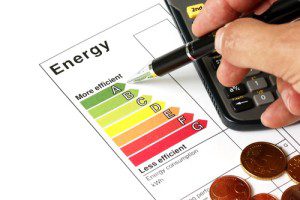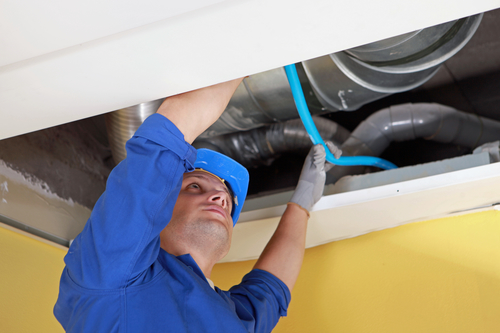Energy Saving advice is what we at Valley Comfort want to share with our valued readers. With energy efficiency on everyone’s mind, homeowners are really taking the time to ensure that their air conditioning units and furnaces are in sound working order.
Business owners are likewise taking a look at their energy efficiency and checking their thermostat settings to ensure that they’re finding that golden balance between performance and comfort, on the one hand, and energy efficiency on the other.
This balance is critical for homeowners to achieve because, according to the Department of Energy, the average homeowner pools approximately half of their energy use into heating and cooling. That can amount to thousands of dollars per year!

Energy Saving Tips
That’s a great question, and it’s one that HVAC professionals get all the time. The first thing that you’ll want to check for is that your electrical connections are up to snuff.
Check Electrical Output
Measuring the electrical current and functional voltage of your air conditioner, for instance, is a very worthwhile thing to do in the spring with summer just around the corner.
Poor electrical connections can actually do three undesirable things for your home’s heating and cooling: result in more wear and tear on your unit’s major components, pose safety issues, and tank your appliance’s energy efficiency.
Since you don’t want any of these things to materialize in your home, consider checking the output of your air conditioning’s motor every spring before it really gets to work in the summer. It’s a step that definitely pays off (literally) in the long run.
One other factor that can significantly increase your motor’s efficiency is making sure that all of your unit’s internal parts are well-lubricated. Units that don’t have enough lubrication often cause more friction than is necessary and lead to underperformance.
Drains, Coils and Filters
A clogged condensate drain on your central air conditioner can lead to water damage and lessen your air conditioner’s ability to remove humidity from your home.
One sure sign that your condensate drain is clogged is too much standing water in your condensate pan, which may be directly under your air conditioning unit or tucked within your AC’s access panel.
http://homeguides.sfgate.com/vinegar-vs-bleach-cleaning-ac-drain-34560.html
If you notice that your drain has a lot of twists and turns – and susceptibility to clogging – then you can try removing the PVC cover and flushing the drain with peroxide or vinegar. This process should loosen the debris enough so that water will flush it away; if you don’t feel comfortably doing this, have an HVAC professional take a look under the hood.
Coils and Filters
Having the proper refrigerant level and clean evaporator coils can also make all the difference in the world and should, therefore, be a part of your central air conditioner’s fall or spring maintenance schedule. Evaporator coils that are chock full of mold and grime produce poorer airflow and a less comfortable home.
For a more comfortable home, consider changing your AC’s filter once a month, but especially right before June. One last thing to check would be your unit’s blower components since these, if dirty, can reduce your unit’s efficiency by up to a fifth.
Consider Caulking Your Home
The Department of Energy points us all in the right direction here – air sealing through caulking and weatherstripping are two awesome ways to reduce leaks and keep your home comfortable on a year-round basis.
Reducing air leaks leads to fewer cold spots and drafts in the winter and better air quality and improved indoor air humidity levels in those sweltering summer months. For an assessment of your home’s overall energy efficiency, contact us at Valley Comfort today!


